What NTSB Reports Say About Impossible Turns and Angle of Attack (Part II)
Air Facts
SEPTEMBER 13, 2024
What NTSB Reports Say About Impossible Turns and Angle of Attack—Part 2: Analysis, Questions Raised, and Next Steps The current emphasis in general aviation (GA) safety is on visual angle of attack (AOA) indicators and impossible turns (return to the airport following engine failure).

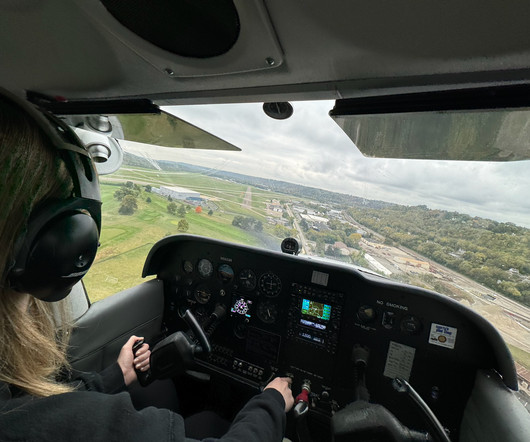

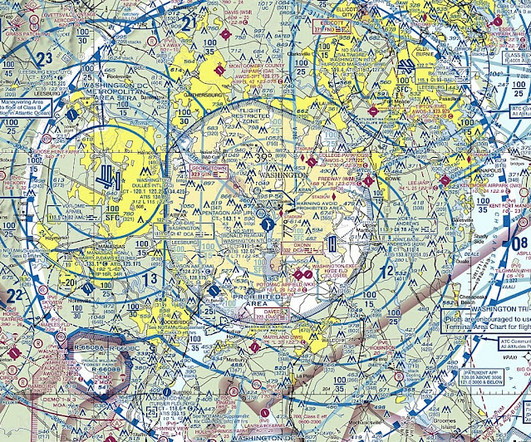


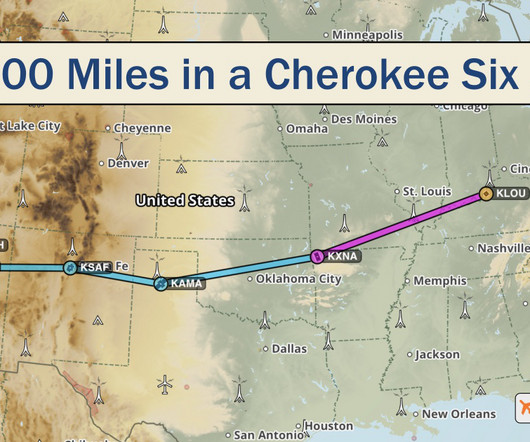
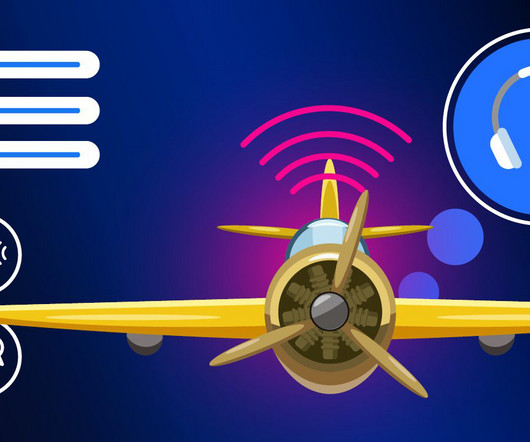
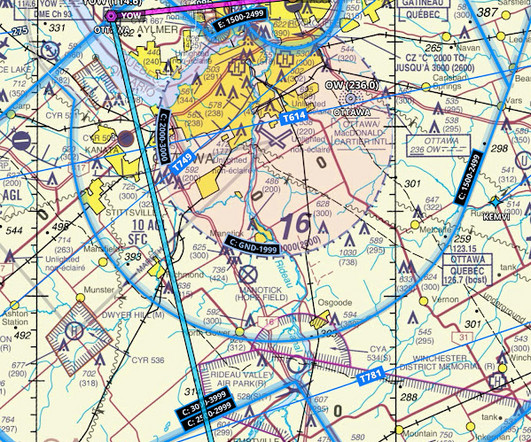








Let's personalize your content